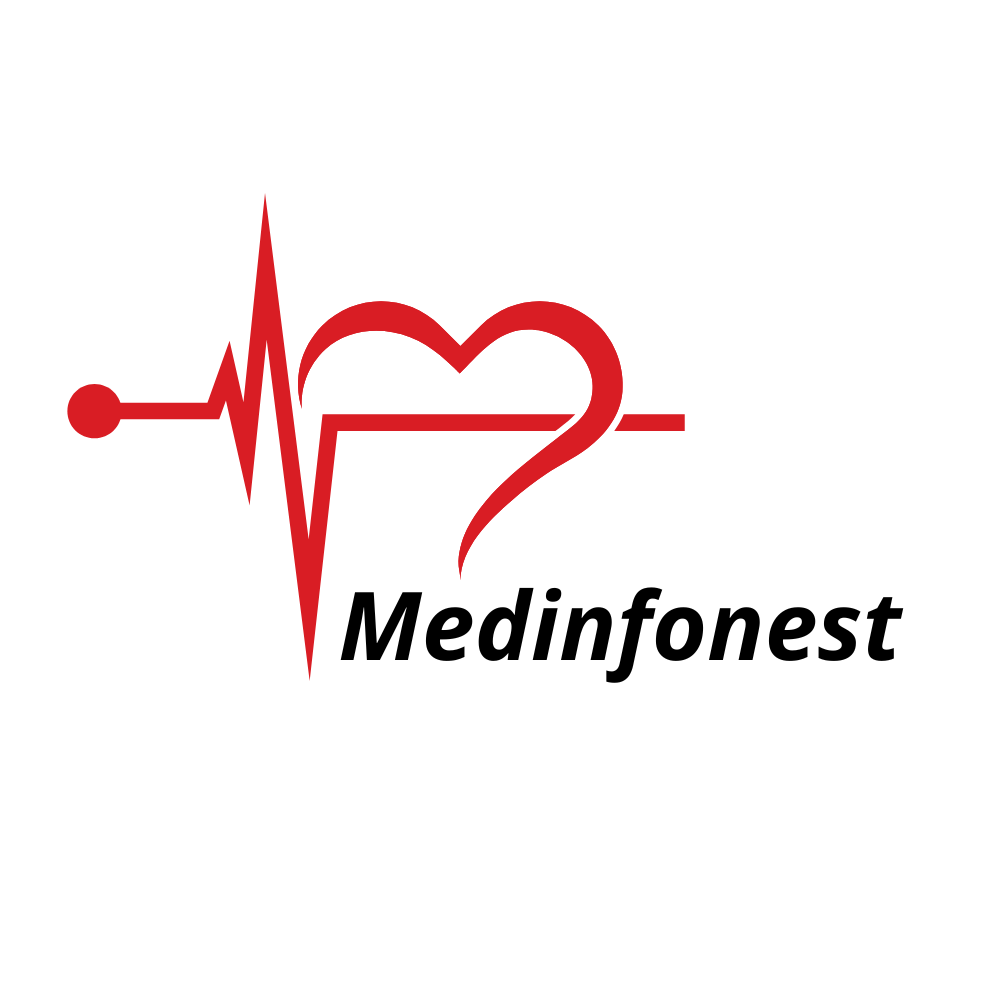Coronary Artery Bypass Graft, or CABG, is a surgical procedure to treat patients suffering from Coronary Artery Disease (CAD). CAD constricts the blood vessels that supply blood to the heart, contributing to an increased risk of heart attacks and other complications. CABG is a beneficial surgery that helps to restore normal blood flow and bypass the narrowed coronary arteries.
What is a Coronary Artery Bypass Graft?
The coronary artery bypass graft is intended to increase blood circulation in the heart. During this surgery, surgeons remove a healthy blood vessel from other parts of the body, commonly from the legs, chest, or arms, and then use it to create a new route to bypass the blocked coronary artery. This ensures that oxygenated blood reaches the heart, thereby preventing any damage.
Why Do You Need It?
Patients with marked stenosis of their coronary arteries are among those advised to undergo CABG. The most common cause of this surgery is coronary artery disease. This condition occurs when fatty substances, called plaque, form in the inner linings of the blood vessels, especially the arterial walls that supply the heart, restricting blood flow. This limitation exhausts the blood supply to the heart muscle, leading to heart attacks.
Coronary artery bypass graft surgery is also needed when:
- No medications or lifestyle changes can improve the condition.
- You frequently experience chest pains due to reduced blood supply.
- The heart has developed weakness and is functioning significantly below normal levels.
Individuals with high blood pressure, diabetes, or chronic kidney disease (CKD) are at higher risk of developing coronary artery disease. Managing these conditions can help reduce the need for surgical interventions.
The CABG Procedure
CABG surgery is not a simple procedure and requires extensive preparation. Here’s what typically happens during the operation:
- Anaesthesia: The patient is made unconscious by administering general anesthesia.
- Accessing the Heart: A surgeon makes an incision in the chest to reach the heart.
- Harvesting blood vessels: Doctors remove a blood vessel from the leg, arm, or chest as needed.
- Grafting the Bypass: The healthy blood vessel is grafted and connected to the blocked artery to restore blood flow.
- Completion: Once the graft is in place, blood circulation and graft flow are checked before closing the chest.
CABG can affect one or more arteries for patients experiencing severe blockages.
Consequences and Hazards Related to CABG
Like any surgery, the coronary artery bypass graft has its challenges and complications. The most common risks include:
- Bleeding
- Infection
- Blood clots
- Myocardial Infarction: An Analysis of Incidence and Risk Factors
- Stroke
However, the risk of these complications has decreased with advancements in surgical techniques. Additionally, weight management and cholesterol-lowering diets can help prevent recurrence of blockages. Read more about it at Cholesterol Lowering Diet.
The Experience of the Patient After CABG
After CABG, patients may take several weeks, if not months, to recover. The average hospital stay post-surgery is about 5-7 days, with continuous monitoring of heart function. Here are the key stages of recovery:
- Hospital Recovery: Many patients remain in the ICU for the first one or two days after surgery, where heart function is closely monitored and pain management medications are administered.
- Returning Home: Patients will be advised to limit mobility for several days after being discharged. It’s essential to follow the doctor’s advice, including restrictions on lifting weights and strenuous activities. Simple movements, such as breathing exercises, can be beneficial.
- Long-term Recovery: Lifestyle changes are crucial for patients as they undergo cardiac rehabilitation. This program includes exercise and education on managing heart health. A healthy lifestyle, along with regular exercise and a proper diet, contributes to a full recovery.
Advantages of CABG
The coronary artery bypass graft offers many benefits, including:
- Reduced risk of blood congestion in the heart, leading to fewer heart attacks.
- Decreased reliance on medications for chest pain relief, also known as angina.
- Improved heart function allows patients to lead near-normal lives.
- Fewer demands for cardiovascular disease medications.
- Prevention of future heart attacks, addressing a significant health risk.
For individuals with conditions such as CKD, coronary artery bypass graft enhances overall well-being. Learn more about CKD here.
Measures to Stop Reoccurrence of Blockages After CABG
After a coronary artery bypass graft, precautions must be taken to reduce the formation of new blockages. Here’s how:
- Healthy Diet: Consume a diet low in saturated fat and cholesterol but rich in vitamins, fiber, and protein. Avoid processed foods and choose low-saturated fat options. Read more about vitamins for digestion here.
- Exercise Regularly: Activities like brisk walking and strength training are beneficial for heart management. Discover Exercises to Develop Biceps and Back here.
- Quit smoking: Smoking is a significant risk factor for coronary artery disease. Stopping smoking can dramatically reduce the likelihood of cardiovascular problems.
- Manage Stress: Stress negatively impacts heart health. Consider stress reduction techniques, such as time management, to help maintain lower stress levels.
- Regular Check-ups: Regular check-ups ensure that the graft functions optimally and help detect potential issues early.
Conclusion
Coronary artery bypass graft surgery is an essential procedure aimed at restoring circulation to the heart. It provides pain relief, improves heart function, and reduces the risk of future heart attacks. While some risks are associated with the surgery, the long-term outcomes are typically positive. Maintaining a healthy lifestyle post-surgery is crucial to prevent complications.
CABG offers many people the opportunity to lead healthier and more productive lives. If you are considering this surgery, consult with your doctor about the benefits, risks, and recovery process.
Frequently Asked Questions (FAQs)
- What is coronary artery bypass graft surgery, and what benefits can it provide?
A coronary artery bypass graft is a procedure that helps to reopen the arteries supplying the heart without using the blocked section of a blood vessel. - Who may require the coronary artery bypass graft?
CABG is indicated for individuals with severe coronary artery disease or recurrent chest pain. - Postoperative Q&A: How soon can patients return to normal life and work after coronary artery bypass graft surgery?
Recovery to normal activities may range between 6 and 12 weeks, depending on the patient’s condition and the extent of surgery performed. - What are the dangers of CABG surgery?
Potential complications include bleeding, infection, blood clot formation, and very rarely, heart attack or stroke. - What can be done to avoid blockages in the future after undergoing CABG?
It’s never too early to improve your chances of avoiding blockages: eat well and limit smoking and alcohol intake, which can contribute to blockages. - How often can coronary artery bypass graft surgery be performed?
It is possible to have a single, double, triple, or even quadruple bypass depending on the level of blockages. - Do I need medications after coronary artery bypass graft surgery?
Yes, patients often require prescriptions for cholesterol, blood pressure, and heart function medications after the surgery. - Is reoperation of CABG surgery possible?
New blockages can develop, necessitating another operation in some cases. - Does coronary artery bypass graft surgery treat coronary artery disease?
This operation reduces symptoms but does not cure coronary artery disease. Lifestyle modifications are necessary to prevent further issues. - What pain is associated with CABG?
Some patients may feel discomfort after the operation, but pain is generally manageable during recovery.












